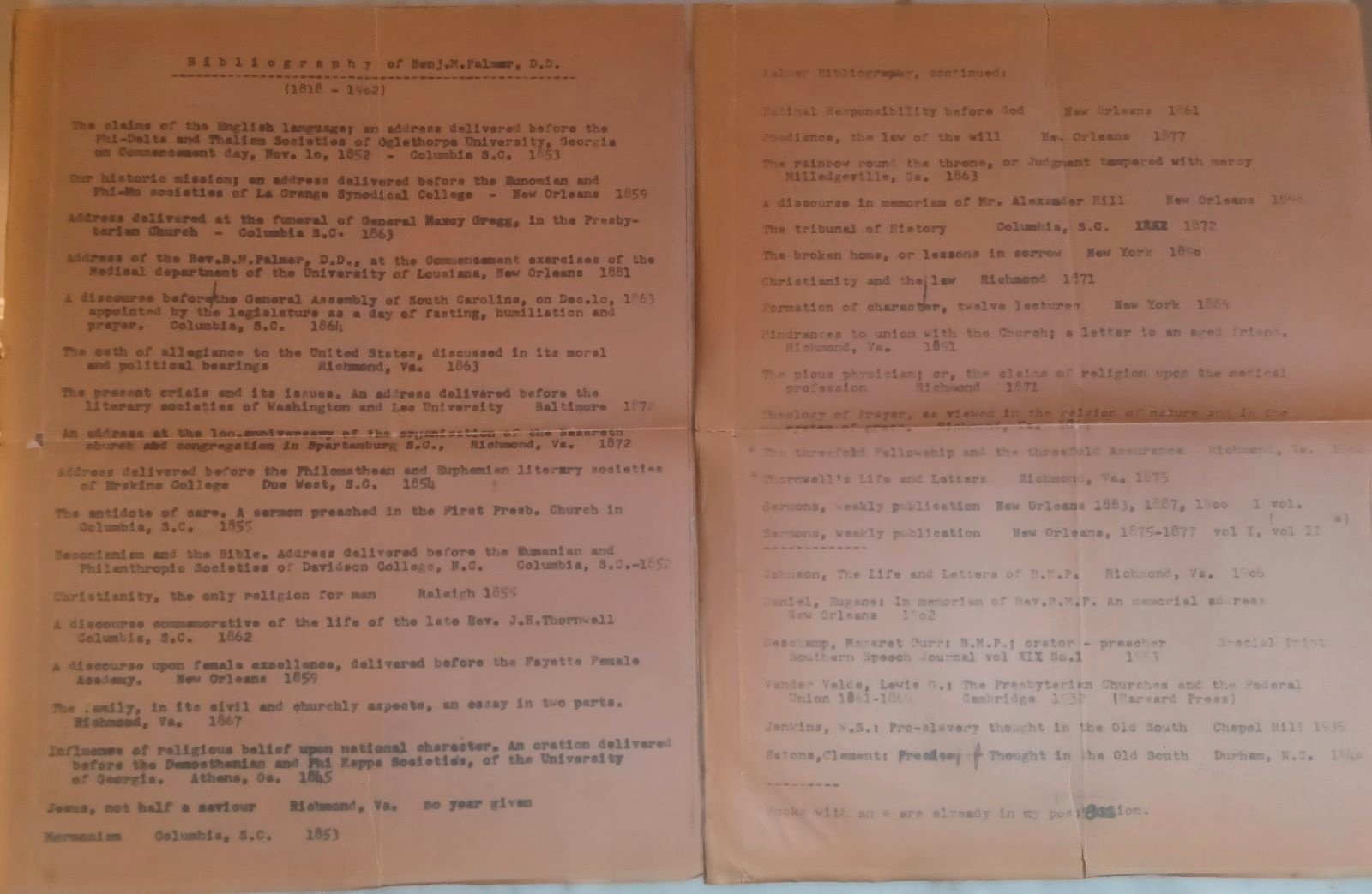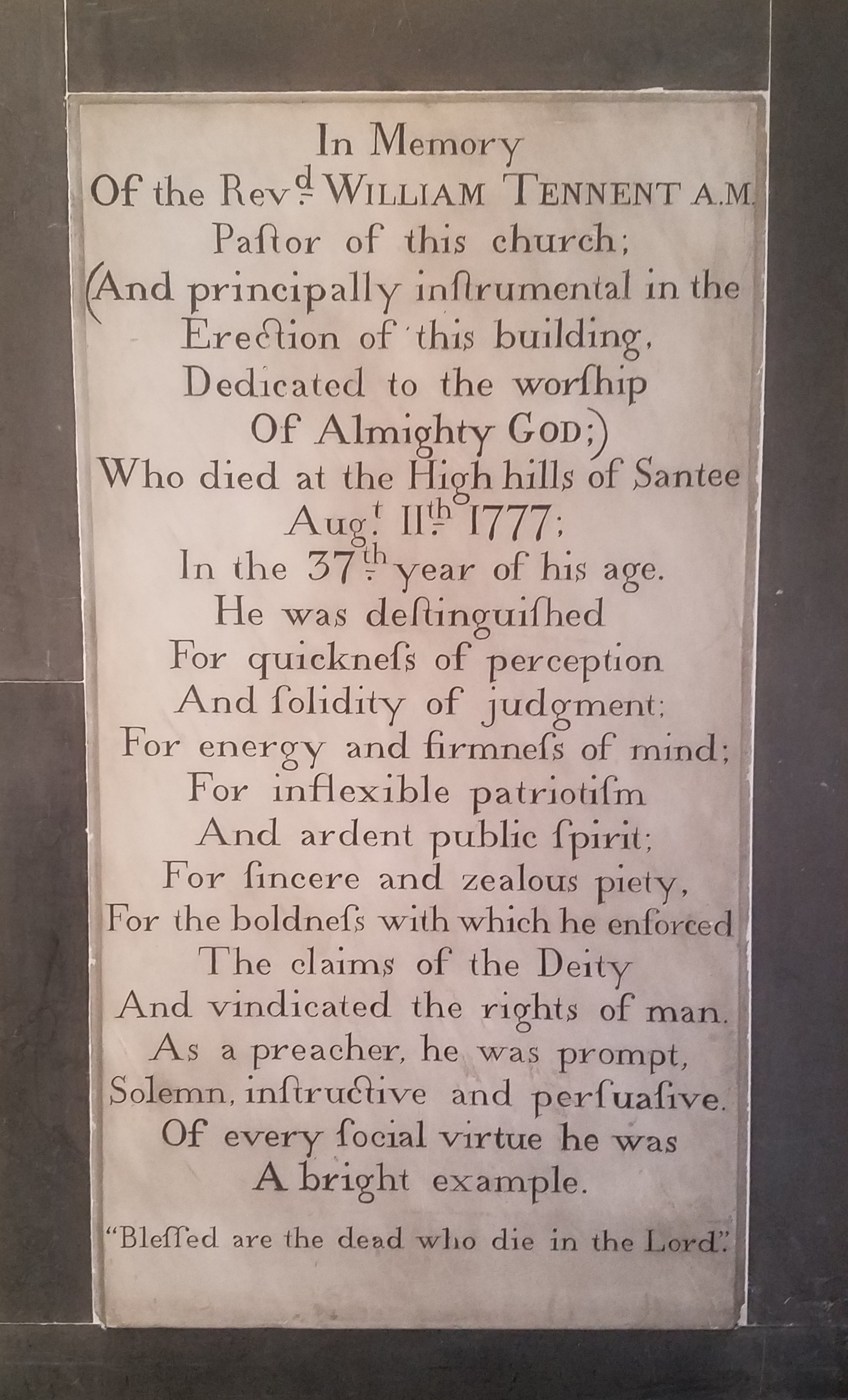John Lafayette Girardeau was born 200 years ago on this day in history, November 14, 1825, at James Island, South Carolina. He was of Scottish Presbyterian and French Huguenot ancestry. After graduating from the College of Charleston at the age of 18, Girardeau began studies at Columbia Theological Seminary in 1845. After graduation in 1848, he began to serve congregations in the South Carolina Lowcountry. He was married in 1849 to Penelope Sarah Hamlin (they were married for almost 50 years and had ten children, seven of whom survived to reach adulthood).
He was ordained to the ministry in 1850. In 1854, he was called to Charleston to serve the slave population at what became Zion Presbyterian Church. His ministry was popular and the church grew, but also met with opposition. Girardeau came to be known as "the Spurgeon of America, the grandest preacher in all of our Southland." During the War Between the States, Girardeau served the Confederate cause as a chaplain before being imprisoned for a short time at Johnson's Island, Ohio. After the war, he continued to minister at Zion for another ten years. He stood against segregation at the Southern Presbyterian General Assembly in 1874, but when that policy was enacted the following year, he resigned his position at Zion, and was appointed to serve as professor of systematic theology at Columbia.
With the pen, as well as from the pulpit, he became a leading voice in the Southern Presbyterian Church. He stood against evolution, and wrote much on the diaconate, among other important areas of interest. Three of his most significant published works were Instrumental Music in the Public Worship of the Church (1888); Calvinism and Evangelical Arminianism (1890); and The Will in its Theological Relations (1891). After his death, a son-in-law, George A. Blackburn, edited his memoir (which includes specimens of Girardeau's poetry), and published volumes by Girardeau on Philosophy, Theology and one collection of his Sermons.
Girardeau died on June 23, 1898, and was laid to rest at Elmwood Cemetery in Columbia. His life and legacy as a Christian husband and father, pastor, theologian and writer bear witness to the power of the gospel working in the life and faith of a humble believer.
"There is no hope but through the vicarious obedience of the second Adam, which grounds the bestowal of the blessings that are promised to faith by another and better covenant." — John L. Girardau, The Federal Theology: Its Import and Its Regulative Influence (1884)



















